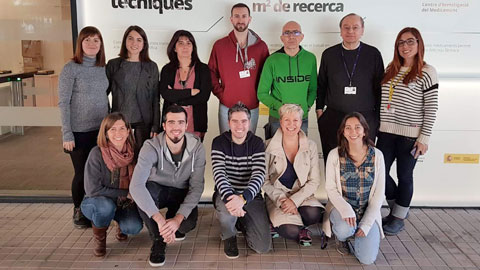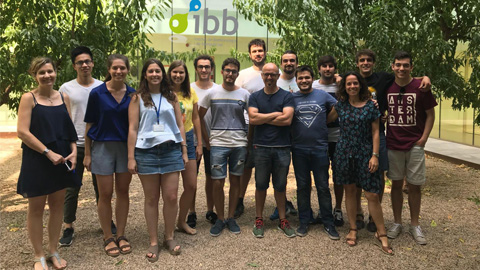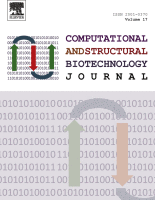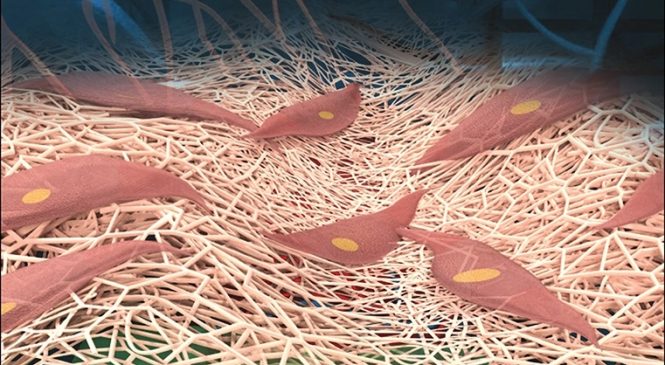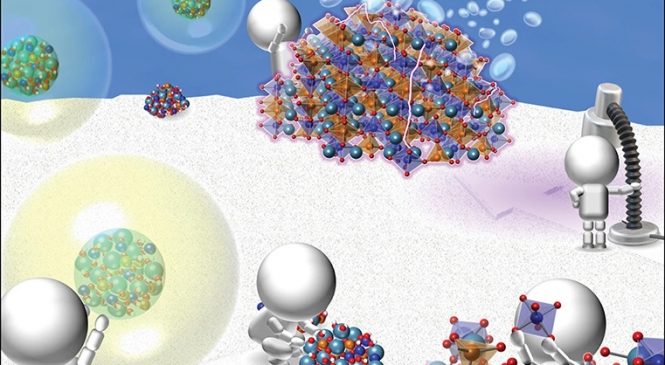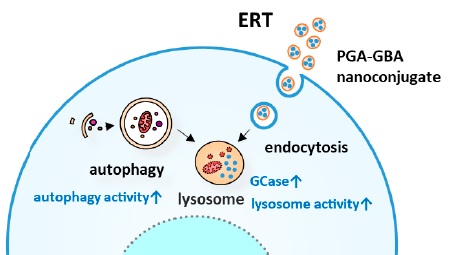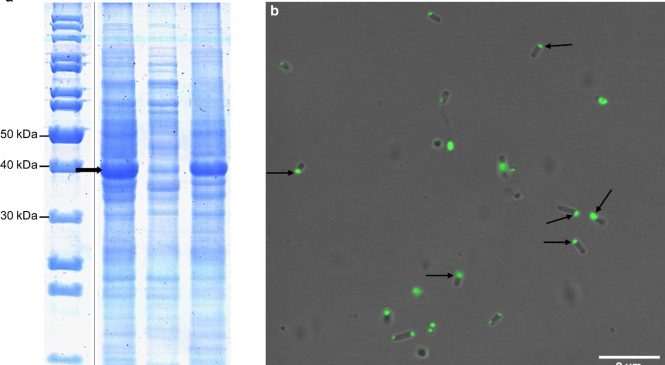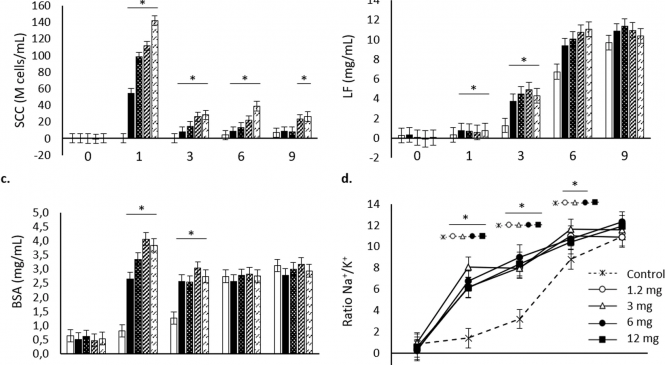
Nanobiotechnology “Potential of MMP-9 based nanoparticles at optimizing the cow dry period: pulling apart the effects of MMP-9 and nanoparticles”
https://www.nature.com/articles/s41598-020-67176-2
Gifre-Renom, L., Carratalá, J.V., Parés, S. et al. Potential of MMP-9 based nanoparticles at optimizing the cow dry period: pulling apart the effects of MMP-9 and nanoparticles. Sci Rep 10, 11299 (2020). https://doi.org/10.1038/s41598-020-67176-2
Abstract
The cow dry period is a non-milking interval where the mammary gland involutes and regenerates to guarantee an optimal milk production in the subsequent lactation. Important bottlenecks such as the high risk of intramammary infections complicate the process. Antibiotics have been routinely used as a preventive treatment but the concerns about potential antibiotic resistance open a new scenario in which alternative strategies have to be developed. Matrix metalloproteinase-9 (MMP-9

